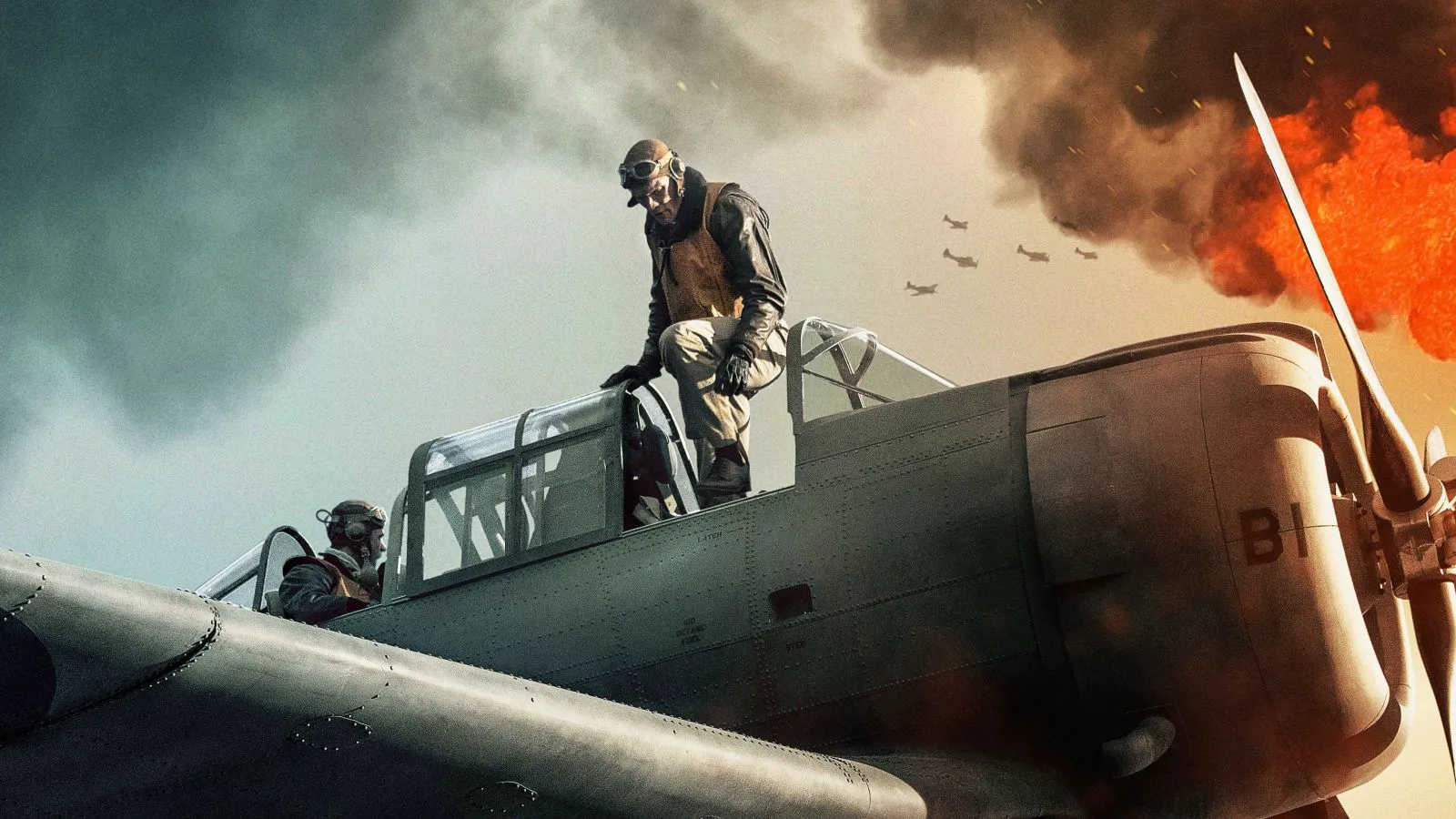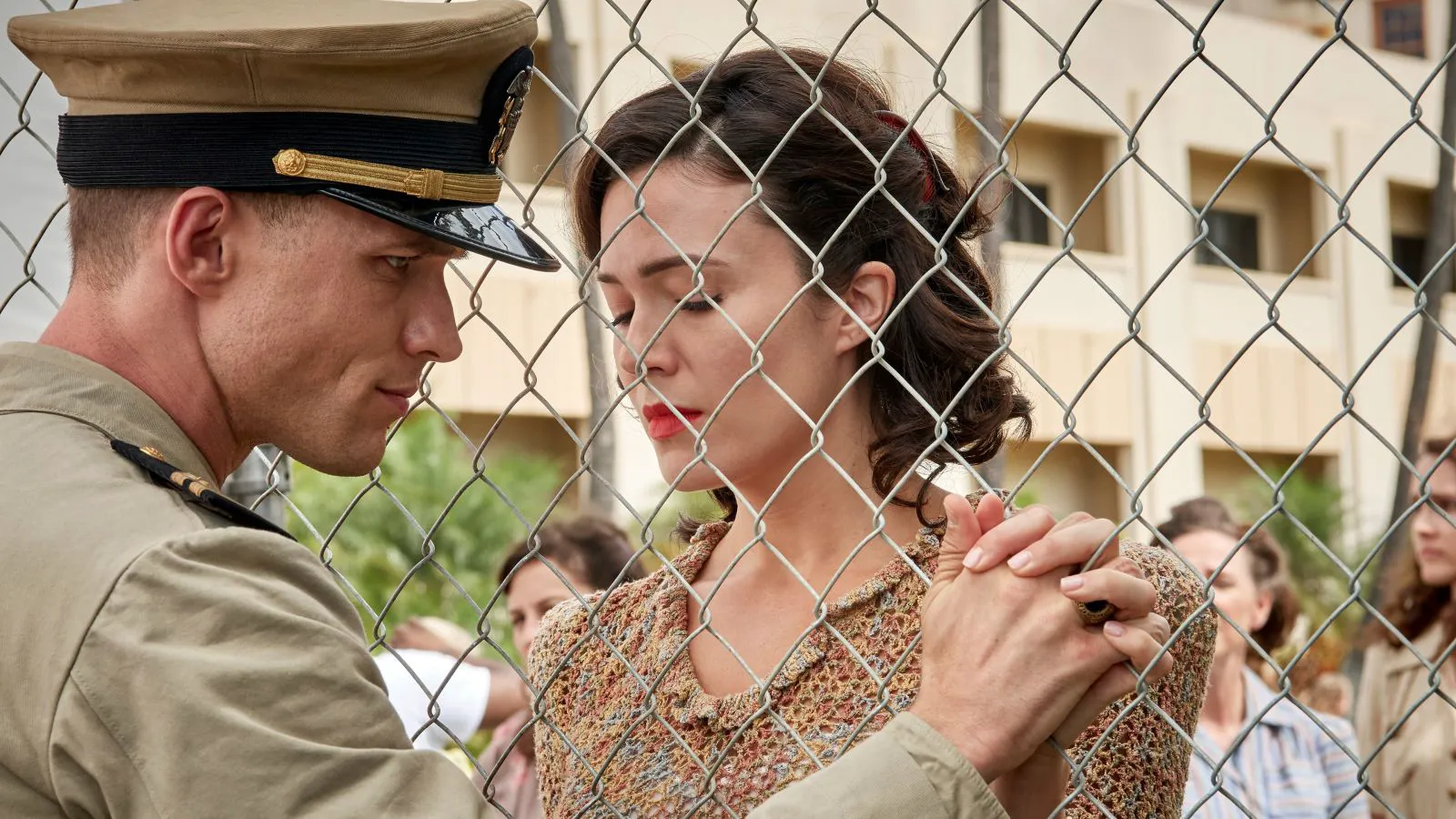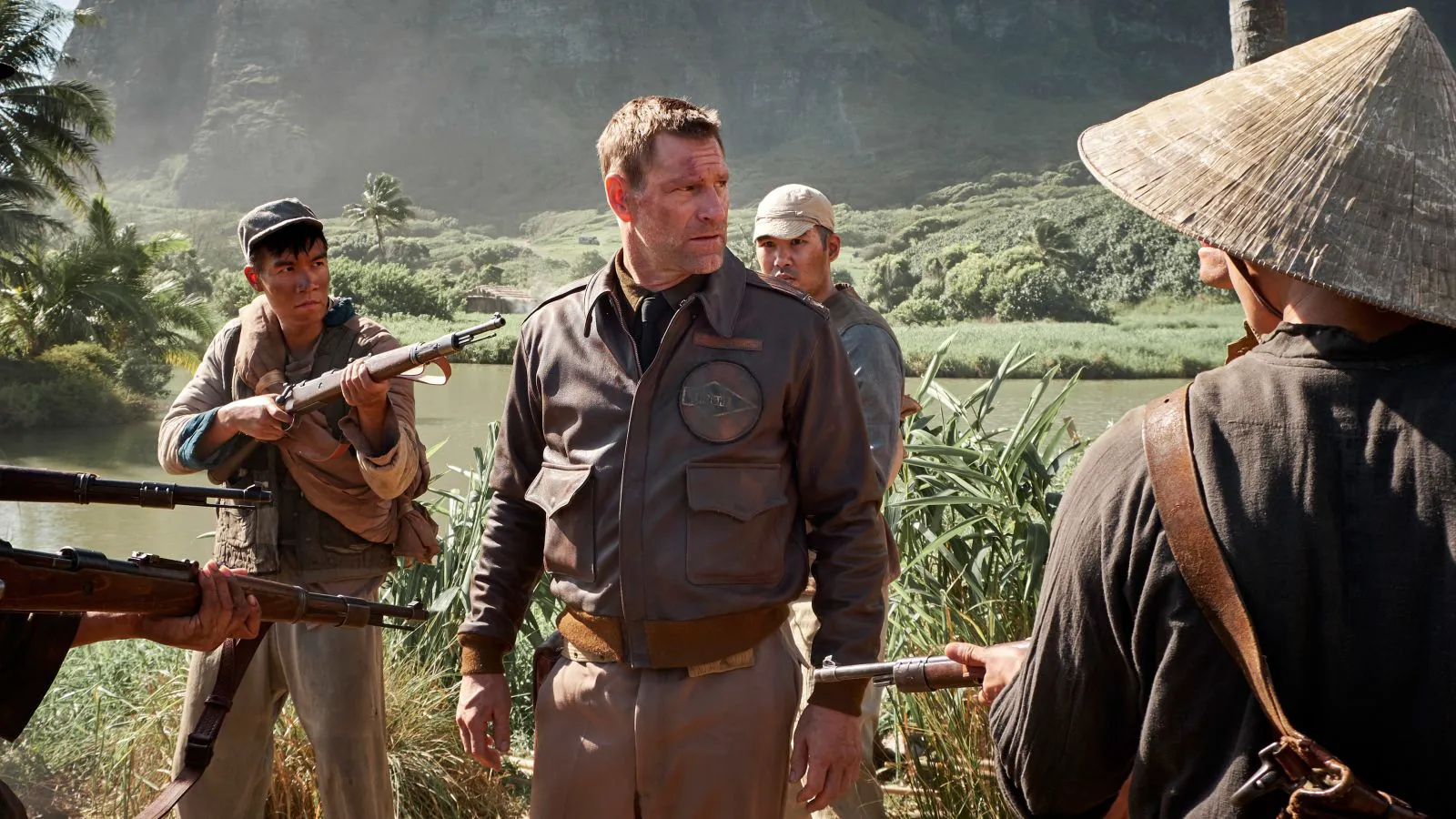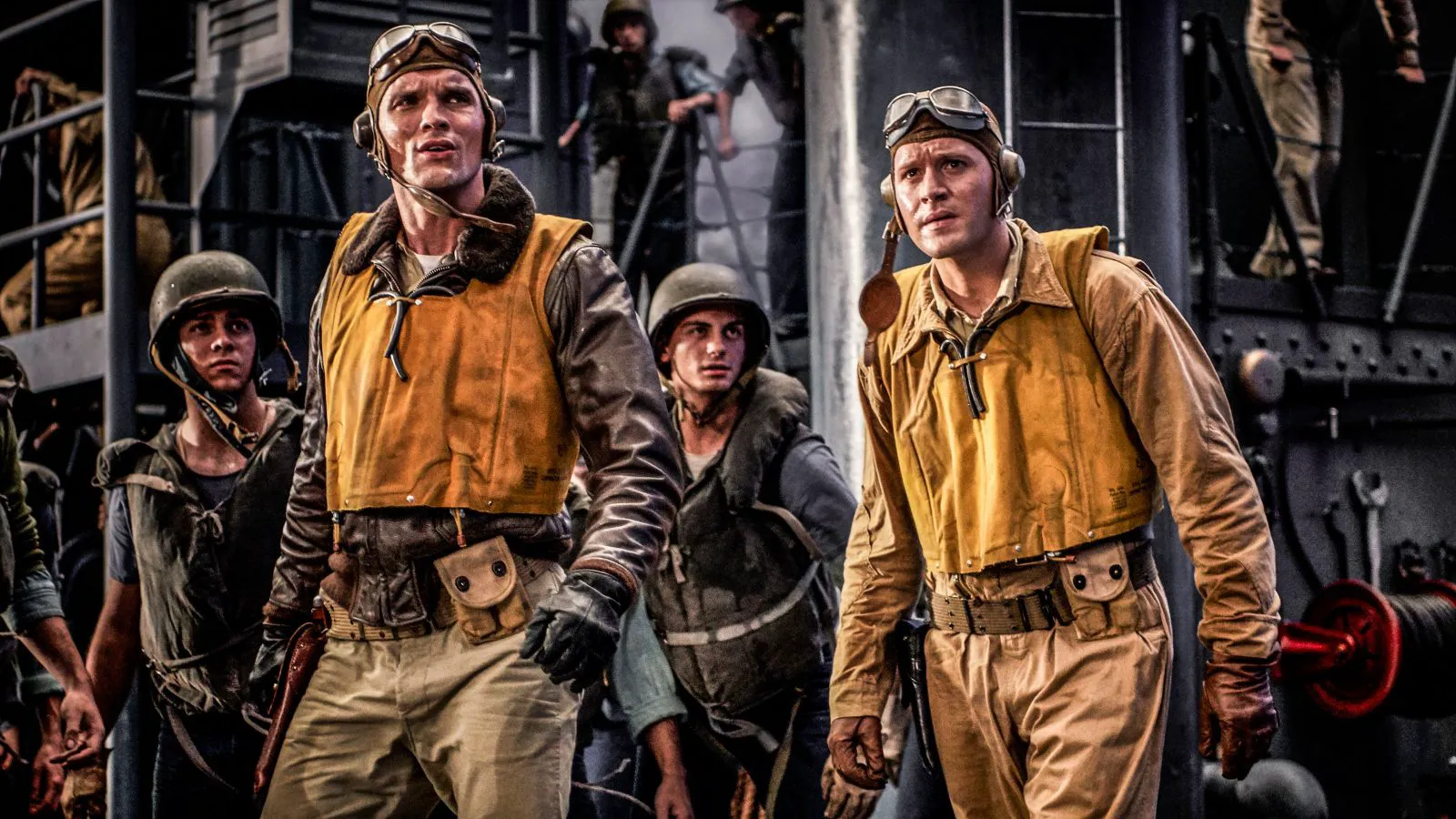The Battle of Midway: When Patriotism Sinks the Narrative
December 7, 1941: The Japanese attack Pearl Harbor. Intelligence officer Edwin T. Layton had long predicted this outcome, but no one listened. Now, with war officially declared and leadership reshuffled, his strategic advice becomes crucial. This time, he insists the Japanese will strike Midway Atoll, his sole argument being ambiguous enemy transmissions.

Roland Emmerich envisioned a film about the Battle of Midway back in the '90s, but financial constraints delayed the project for three decades. To finally realize his vision in 2017, he sought investors willing to pour $100 million into “Midway,” making it one of the most expensive independent films ever made. Emmerich is known for his grandiose, sweeping narratives that also focus on the human element – stories where ordinary people’s lives unfold against the backdrop of collapsing cities or even planets. The conflict between the Americans and Japanese seemed perfect for his signature style. However, the director’s approach, ironically in the context of a war film, misfired.

“Midway” doesn’t quite succeed as a sprawling epic about a pivotal American victory. Emmerich aims to create a cohesive story, where all characters and events synergize to paint a unified portrait of war. Instead, the narrative feels like a seasoned veteran’s rambling recollections, jumping between memories of old comrades and shifting topics. This is particularly evident in the secondary storylines. Omitting figures like James Doolittle or random aircraft carrier crews, even if their importance to the main plot is questionable, seems to Emmerich and screenwriter Wes Tooke like a grave offense against American patriotism. But it’s more of a disservice to the film’s pacing.

A Familiar Problem
This isn’t the first time Emmerich has faced this issue. In “Godzilla,” another less-than-stellar project, the plot also suffered from disorganization and extremes. However, that was somewhat compensated by the colossal monster’s destructive rampage through New York. In “Midway,” the large-scale scenes feel the most strained. It’s not necessarily Emmerich’s direction that’s at fault; his skill remains evident. Instead, it seems to be a combination of budget limitations and subpar visual effects. The attack on Pearl Harbor, potentially a crucial moment with exploding ships and thousands of casualties, resembles a cutscene from a mediocre video game. This early misstep is more jarring than the CGI in “Independence Day” upon rewatch.

The Strength in the Small Moments
However, Emmerich then shifts to more intimate stories, and the action becomes more grounded. “Midway’s” strength lies in the smaller, more personal moments: the aerial dogfights focused on the daring Dick Best (his name alone suggests he’s not to be trifled with), the tense debates in war rooms, the anticipation of battle – anything the filmmakers thoughtfully focus on for more than 10 minutes, resisting the urge to check in on “what the Japanese are up to.” Even the setting – the authentic-looking actors in meticulously recreated costumes, wandering through (except for the terrible chroma key scenes) equally authentic sets – contributes to the film’s appeal.
“Midway” is generally convincing in terms of “accuracy.” Emmerich and Tooke clearly manipulate the audience (showing people being pieced back together in hospitals after Pearl Harbor while the Japanese sip sake in their quarters), but the patriotic tone and the conciliatory end credits – a dedication to both American and Japanese soldiers – might appease even the most critical viewer. Ultimately, “Midway” isn’t so much about who was to blame for the war, but about the madmen who win them. Emmerich’s Americans are a nation of adventurers, eccentrics, and those who “didn’t give up.” After all, only they would have former musicians working as codebreakers, struggling to decipher enemy transmissions, and an intelligence officer who, based on this imprecise data, can convince the command to shift all forces to Midway. Emmerich himself is somewhat of an adventurer, having risked everything to make his dream project. He even includes a character of a crazed filmmaker who, amidst explosions and corpses, continues to search for the best shots. But, unlike that character, Emmerich’s war film, it seems, has fallen short.